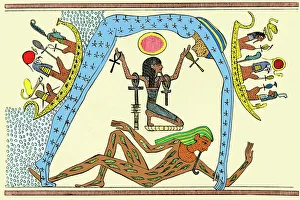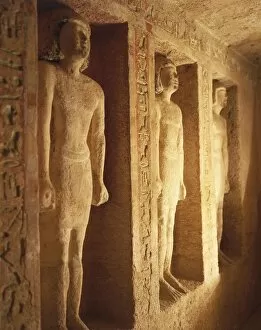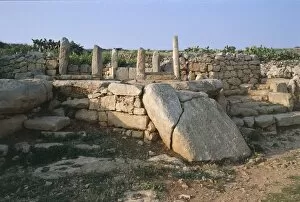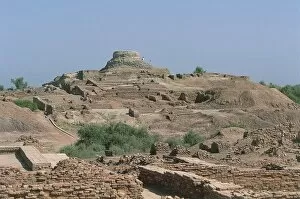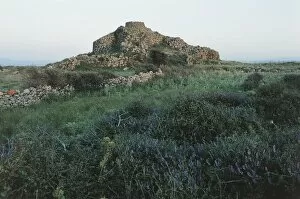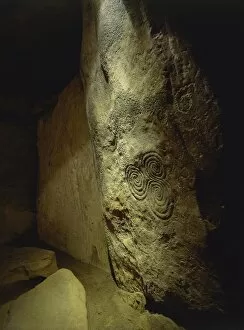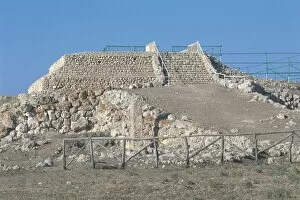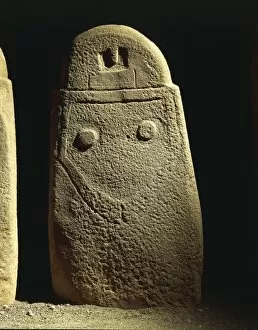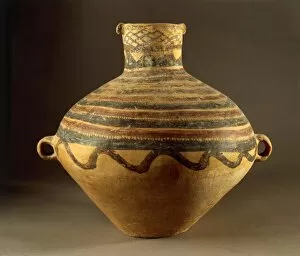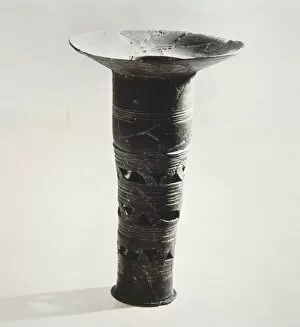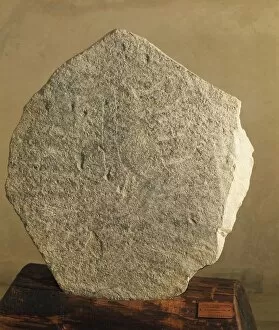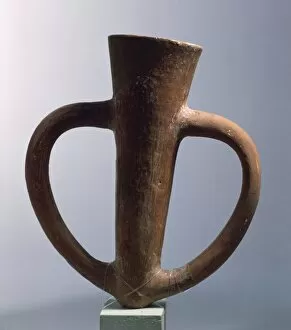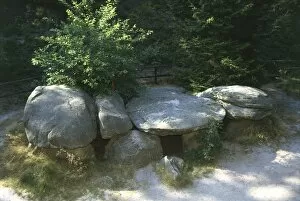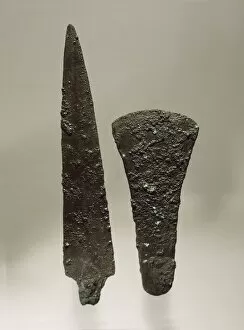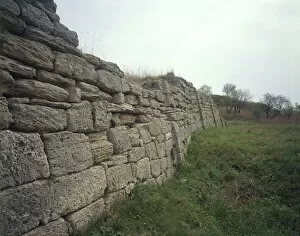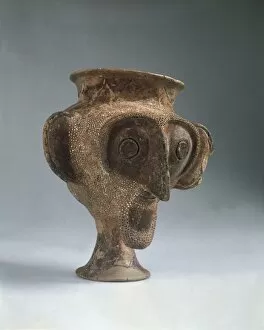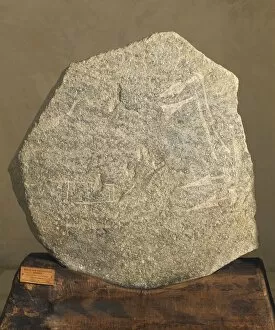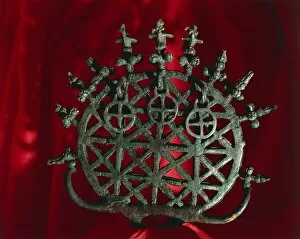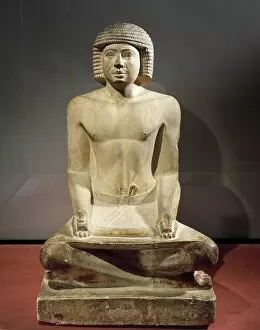Third Millennium Bc Collection
In the third millennium BC, ancient civilizations thrived and left behind remarkable traces of their existence
For sale as Licensed Images
Choose your image, Select your licence and Download the media
In the third millennium BC, ancient civilizations thrived and left behind remarkable traces of their existence. Standing stones stood tall, serving as mysterious markers of unknown significance. Meanwhile, in Egypt, the captivating Egyptian creation myth unfolded amidst grandeur and awe-inspiring monuments. A scale model of a boat found in the Tomb of Meketre at Deir el-Bahari transported us back to an era when seafaring was both practical and symbolic. The statue of Pharaoh Gioser from Saqqara reminded us of the powerful rulers who governed during this time, shaping dynasties with their might. The Old Kingdom's Dynasty IV witnessed incredible artistic achievements like the diorite statue depicting pharaoh Khafre. Craftsmen also immortalized everyday life through a painted limestone statue portraying a man modeling clay at Saqqara. Far beyond Egypt's borders lay Mohenjo-daro's Great Bath or swimming pool—a testament to advanced urban planning in Sindh. It showcased how even then, people sought relaxation and recreation amidst bustling city life. The enigmatic Statue of Ka-aper intrigued historians with its multiple names but spoke volumes about social hierarchies prevalent during that period. Further east in Turkey's Corum Province, the Solar Disc discovered at Alacahoyuk hinted at early religious beliefs centered around celestial bodies. Egypt continued to captivate with its architectural marvels such as the Mastaba of Idw in Giza Governorate—an intriguing structure associated with Ideal letters' Scriba. Nearby Memphis revealed another gem—the Painted Relief adorning the Mastaba of Kagemni—offering glimpses into ancient Egyptian customs and rituals. Finally, on Malta's rugged landscape stood Megalithic Temples like Mnajdra and Tarxien—imposing structures built between 3000-2500 BC that astound archaeologists till this day.


